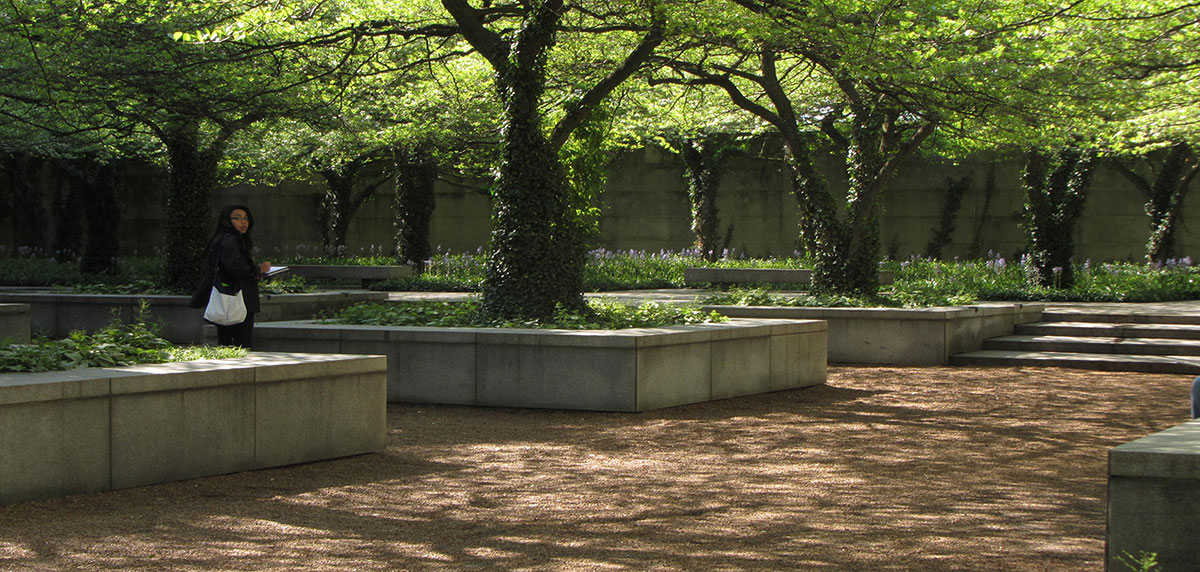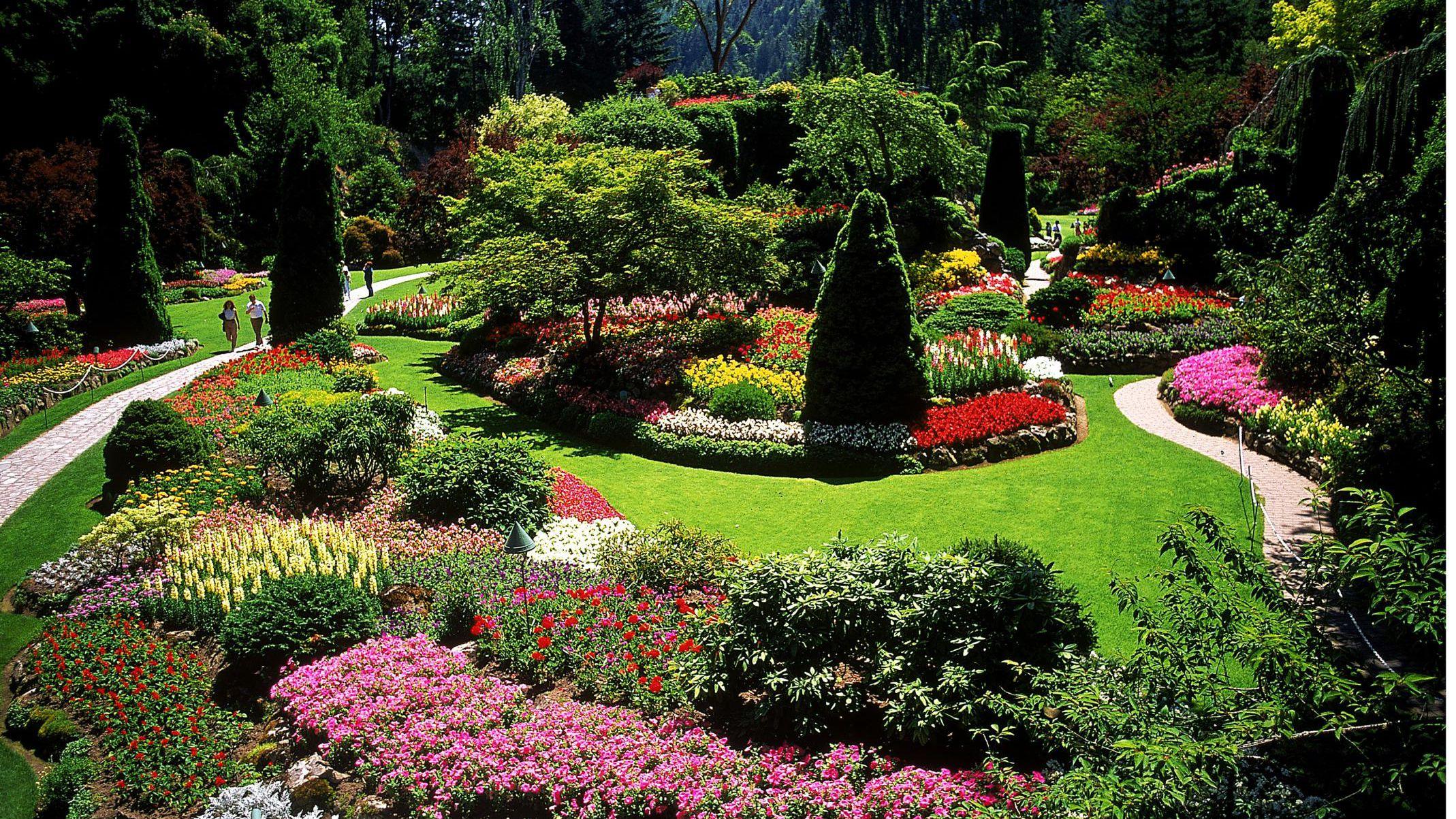The 15-Second Trick For Landscapers
Table of ContentsThe 7-Minute Rule for LandscapersSome Known Questions About Landscapers.More About LandscapersSome Known Details About Landscapers Landscapers for DummiesThe Facts About Landscapers Uncovered
- A yard feature where water is represented by an aggregate stone product, usually a crushed rock or granite. These are most commonly found in modern and Japanese garden layout.- A stone or natural flagstone patio, path, or sidewalk built without a concrete base. The base would be compacted crushed rock and the joints would certainly be an aggregate or walkable ground cover. - A rock preserving or complimentary standing wall surface constructed without the usage of mortar. - A below ground structure that accumulate water and permits it to reduce percolate right into the soil around it.
Landscape style that is compatible with a sites' setting in both look and sustainability without negative impacts to the atmosphere. Bordering in the landscape is a line of separation that produces visual passion in the yard by dividing one segment from another sector. This can be aesthetic or functional, keeping one component (such as pea crushed rock) from obtaining blended into one more (like bark dirt).
Locations can additionally have a sensation of "unit" provided by trees, other growings, fencings, or displays. The landscape near the entry to a building.
How Landscapers can Save You Time, Stress, and Money.

The component in a landscape design or area in a landscape that is indicated to be most prominent. The focal factor can be a plant, stone, sculpture, collecting space, or various other landscape feature.

The Greatest Guide To Landscapers
Rock item, either rounded or fractured, that is fairly little- typically 1" or much less. Reduced plants that are enabled or encouraged to spread out over a location. Can describe any type of "difficult" yard components consisting of statuary or rocks but a lot of typically is utilized to describe paths, patios, and walls.: Elevation distinction in between the degree of water in a pond (or the level of the pump if it rests outside the fish pond) and the top electrical outlet of water which influences performance of the water pump in gph (gallons per hour). Dense shrubs or trees that form a fence, screen, or limit.
Fencing boards that run flat, frequently made use of in modern-day or Japanese-inspired landscape styles. Correct use of imaginary lines can aid the landscape really feel connected to the home and various other aspects.
A more kicked back garden dominated by bent as opposed to straight bed lines and a much less stiff structure. Typical PNW landscapes are informal. A plant that spreads more than preferred, or into environments where it does damages. Portland has a list of intrusive plants that ought to not be mounted in landscapes due to the fact that they can spread to forests or rivers and be hard to control.
Facts About Landscapers Uncovered
Can include head placements and insurance coverage, pipeline sizing, GPM specifications, and materials required to mount this system. Certified specialist who designs landscapes, coached in design and design as well as in horticulture.
Landscape developers generally have less education than Landscape Architects and are not certified. A finished landscape layout, outlining all aspects for the brand-new landscape.
Calcium product made use of to raise the pH in dirt, which will certainly make it much less hospitable to moss (Landscapers). A water limited HDPE material utilized below ponds, streams and waterfalls in water attributes. Utilizing many plantings of the very same range to complete an area in the landscape. This can reduce maintenance and water usage in the yard.
A mix of concrete, sand, and water that is used in stone stonework for establishing stones and joints. A layer of compost or bark dust used at the base of a plant. A mass planting of moss. A plant that was present in a geographic place before individuals began altering browse around this web-site the landscape.
All about Landscapers
Just how the yard or a yard component is arranged in connection to an existing or brand-new attribute or to a direction. Turfs that are not trimmed yet grown in landscapes as perennials.

Plants that offer seasonal passion and then pass away back in the winter season. Cold season grass that is the most usual turf lawn in Rose city, OR and the remainder of the PNW.An open roofed structure over an outdoor patio or other landscape attribute.
Lava aggregate ranging in dimension from 1/4" down to dirt. The most common landscape crushed rock in the PNW. Location of the landscape check these guys out designed to manage rain water up until it can saturate right into the ground. A chain that controls water as it travels from a roof gutter to the ground. Garden structure that develops a planting location that is had and higher than the bordering grade.
Producing a garden attribute being composed largely of stones with plantings that match and can flourish in the rough setting. Sprinkler head style that rotates a stream of water throughout an area.
Little Known Facts About Landscapers.
